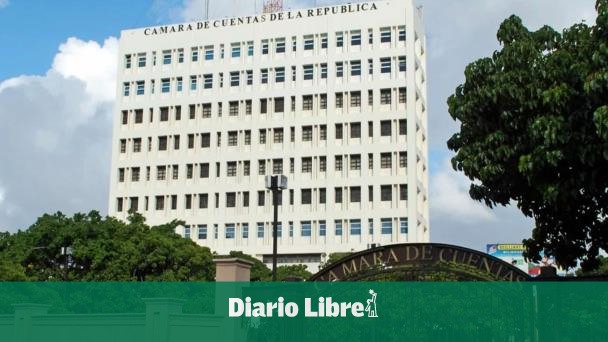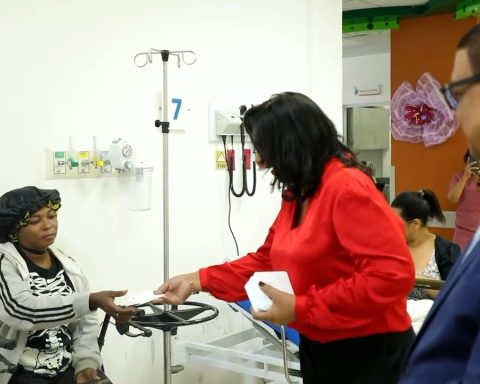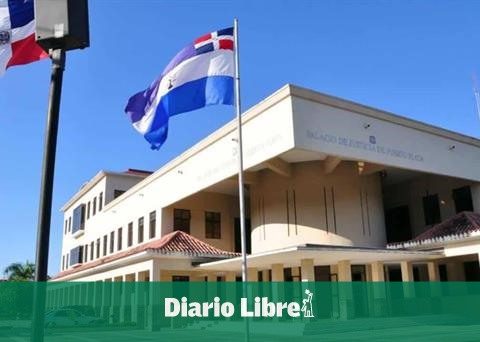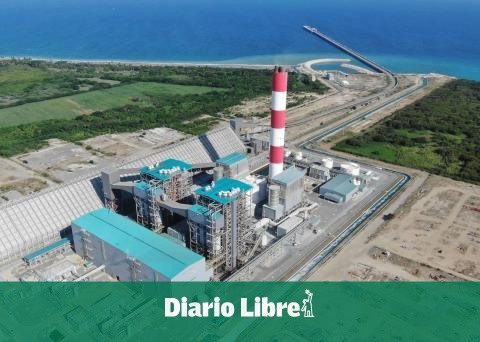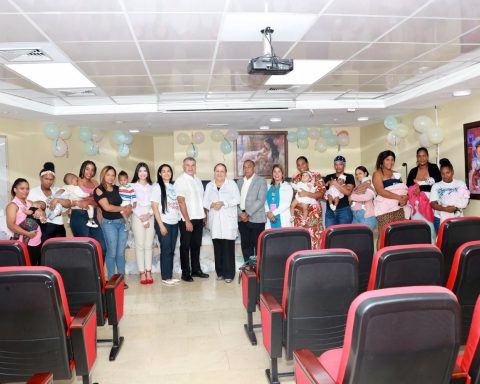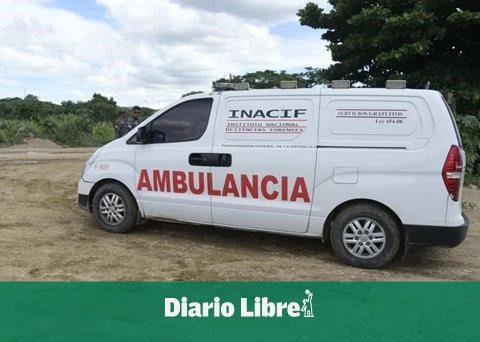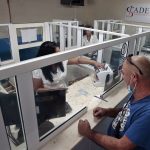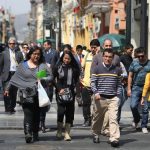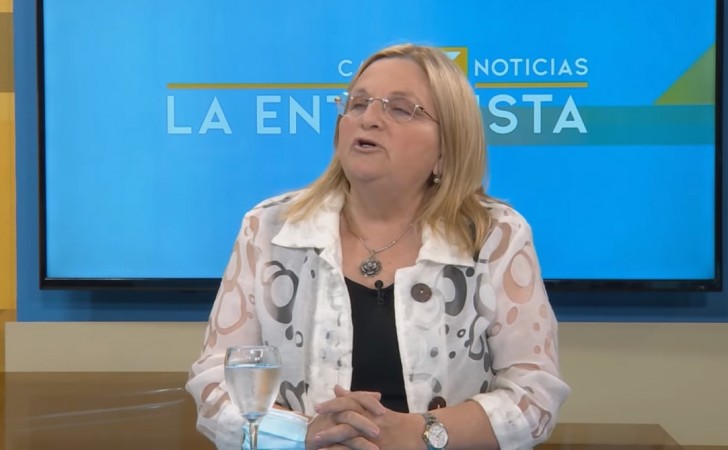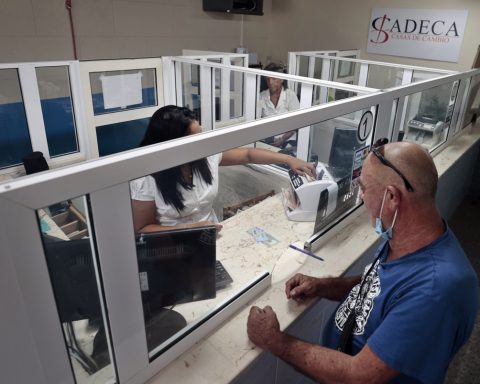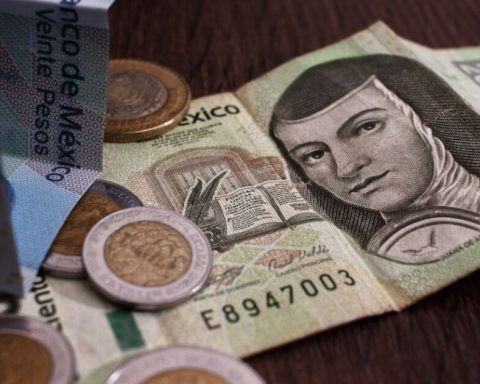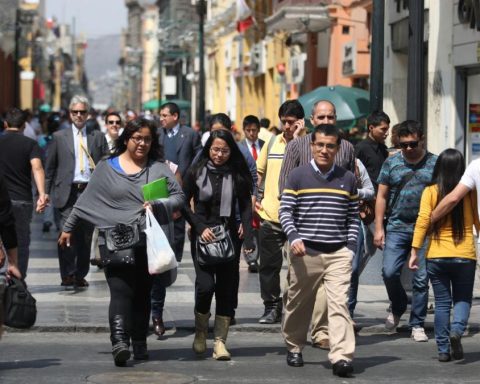The Dominican Republic does not have a legal framework that defines and regulates the environmental liabilities generated by the mining activity Y It lacks an inventory that lists the existing mining environmental liabilities.
These are two of the main conclusions of an audit carried out by the Chamber of Accounts, published this Tuesdayand that analyzes the different legal instruments that affect the conservation of the environment and their application from January 1, 2015 to March 31, 2020.
In its report, the Chamber of Accounts also highlights that in addition to the absence of “specific regulations and policies related to the management of Mining Environmental Liabilities (PAM)”, the country also does not have “procedures for the corrective management of Mining Environmental Liabilities “.
The study, which was carried out from the office of the Presidency number 006275/2020, of June 23, 2020, emerged from one of the Public Works Working Group (GTOP) of the Latin American and Caribbean Organization of Supreme Audit Institutions ( Olacefs).
“In this framework, the Chamber of Accounts of the Dominican Republic was invited to participate in this Coordinated Audit on Mining Environmental Liabilities, which has the support of the Olacefs-(GIZ) Project to strengthen external control in the environmental area”, explains the regulatory body
No budget or planning
Among the other findings of this audit, the Chamber of Accounts indicates that there are no economic funds to react to emergencies generated by structural collapses of mining environmental liabilities or deposits derived from mining. Neither were sources of international financing identified for these purposes.
Add to this that the The Ministry of the Environment does not contemplate a medium-term (5 to 10 years) and/or long-term (10 to 20 years) strategic planning for the recovery of existing mining environmental liabilities..
“We note that there are no control mechanisms or procedures regarding the treatment of Mining Environmental Liabilities” and that “there are no monitoring mechanisms for the post-regeneration stage,” said the auditing body.
The Chamber of Accounts also points out the lack of articulation, coordination and participation from the Environment with other government agencies, or with the citizenry, for the management of these environmental liabilities. The situation is the same in the private sector.
Despite not having a specific regulatory framework that considers a system of responsibility for the management and regeneration of mining environmental liabilities, the report indicates that “We were able to observe that Law 64-00 on the Environment and Natural Resources establishes that management responsibility must be considered in the environmental authorization issued by the Ministry, where the promoter is obliged to execute an environmental management and adaptation plan, to the damage or environmental impact caused”.
The document refers to answers offered by the engineer Julio Valdez, former director of Mining Resources of the Ministry of the Environment; and by the former Minister of the Environment, Bautista Rojas Gomezbefore the different findings.
recommendations
Given the panorama around these shortcomings, the Chamber of Accounts recommends negotiating with the National Congress “the creation of a regulatory framework for the management of environmental liabilities and specific regulations for mining environmental liabilities.”
Also develop procedures and internal policies for the preventive and corrective management of these liabilities; establish strategic planning instruments for its comprehensive management and recovery; and promote citizen participation.
Also, prepare an inventory of existing mining environmental liabilities in the country, categorized according to their environmental risk; as well as establishing responsibility and sanctions for entities that generate environmental liabilities.
Finally, implement monitoring and follow-up tools for compliance with existing environmental regulations and carry out programs that promote the reuse of passive environmental liabilities.
The Chamber of Accounts orders the elaboration of a Corrective Action Plan to adopt and implement the necessary measures, taking into consideration the observations and conclusions it raises, to submit a report to this body “within no more than ninety days”, counted from the date of the official receipt of the report.
On the website of the Extractive Industries Transparency Initiative (EITI), coordinated by a commission made up of representatives of the Government, the mining sector and civil society, it is indicated that currently the most important mining activities in the country are located in the Central region. The most significant among them are: 1) the exploitation of ferronickel in the Monseñor Nouel province, carried out by Falconbridge Dominicana; 2) the exploitation of gold and silver in the Sánchez Ramírez province, carried out by the company Pueblo Viejo Dominicana Corporation, and 3) the exploitation of copper and zinc by the Dominican Mining Corporation, located in the municipality of Maimón, Monseñor Nouel province. . Other non-metallic mining products typical of the region are: clay, siliceous sand, feldspar and marble.
While the main mining activities in this region are concentrated in the Barahona and San Cristóbal provinces; they are also found to a lesser extent in the Pedernales province, in Boca Chica and the National District. Gypsum, salt, marble, travertine, silica, limestone and Larimar (semi-precious gem) are extracted in Barahona. In the other provinces, limestone is extracted for different uses.
While in the mining activity in this region this consists of the extraction of limestone for the production of aggregates destined for the construction industry and the manufacture of cement; and in the northern region they are in the area of industrial minerals. Clays, siliceous sands and limestone are produced for the production of cement in the Santiago province. In the provinces of Puerto Plata and Santiago, amber and rock slabs are extracted for ornamental purposes.
